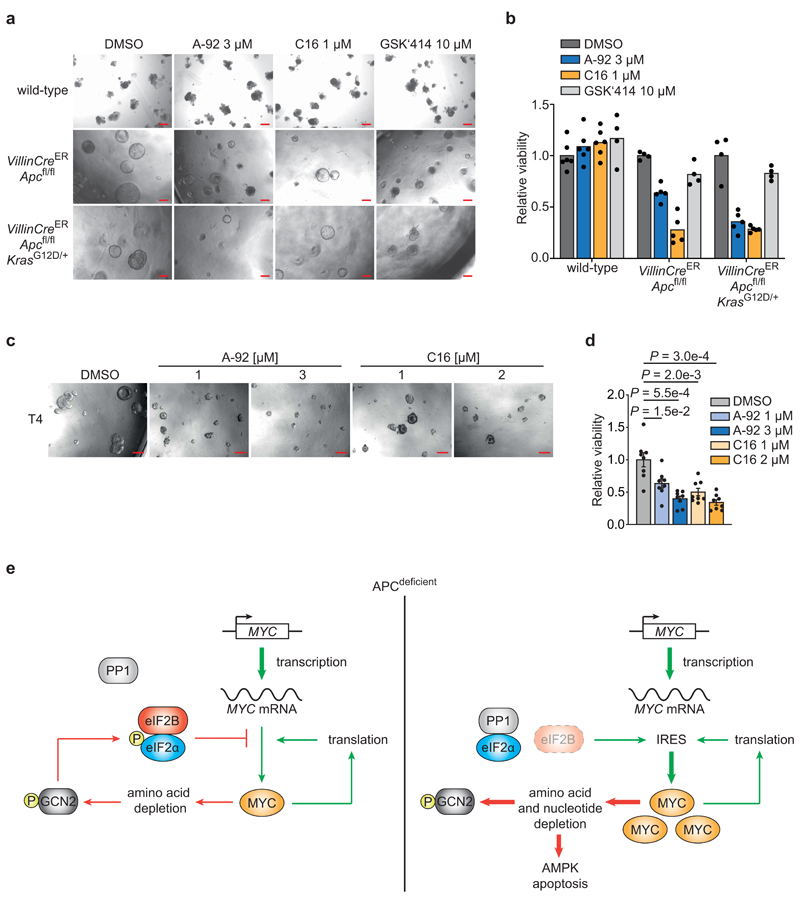Figure 8. Targeting PKR and GCN2 activity opens a therapeutic window in APC-loss driven CRC.
(a) Growth of murine organoids upon GCN2, PKR or PERK inhibition. Wild-type, VillinCreERApcfl/fl or VillinCreERApcfl/flKrasG12D/+ organoids were grown for 72 h, then treated with A-92, C16 or GSK‘414 for 72 h. DMSO was used as solvent control. Representative pictures of one organoid line of each genotype. Scale bars = 200 μM.
(b) Viability of organoids treated as described in (a) assessed using CellTiter Blue assay. Data show mean of at least four technical replicates (black dots) of one line each, representative of two biologically independent organoid lines per genotype and experiments with similar results.
(c) Growth of one patient-derived organoid line treated with GCN2 (A-92) or PKR (C16) inhibitors. T4 organoid line was grown for two days, and then treated with DMSO, A-92 or C16 for 96 h at the indicated concentrations. Representative pictures from one experiment are shown. Scale bars = 200 μM.
(d) Quantification of viability of eight patient-derived CRC organoid lines assessed by CellTiter Blue assay. Organoids were treated as described in (c). Data show mean ± s.e.m (n = 8 independent organoid lines; T1, T2, T3, T4, T5, T11, T13, T15); unpaired, two-tailed t-test.
(e) Model explaining our findings. A MYC/GCN2/eIF2α negative feedback loop limits protein synthesis to prevent MYC-dependent apoptosis in APC-deficient cells. In APC-proficient cells, transcription of the MYC gene is strongly suppressed, hence the dependence on this negative feedback loop is not shown.

